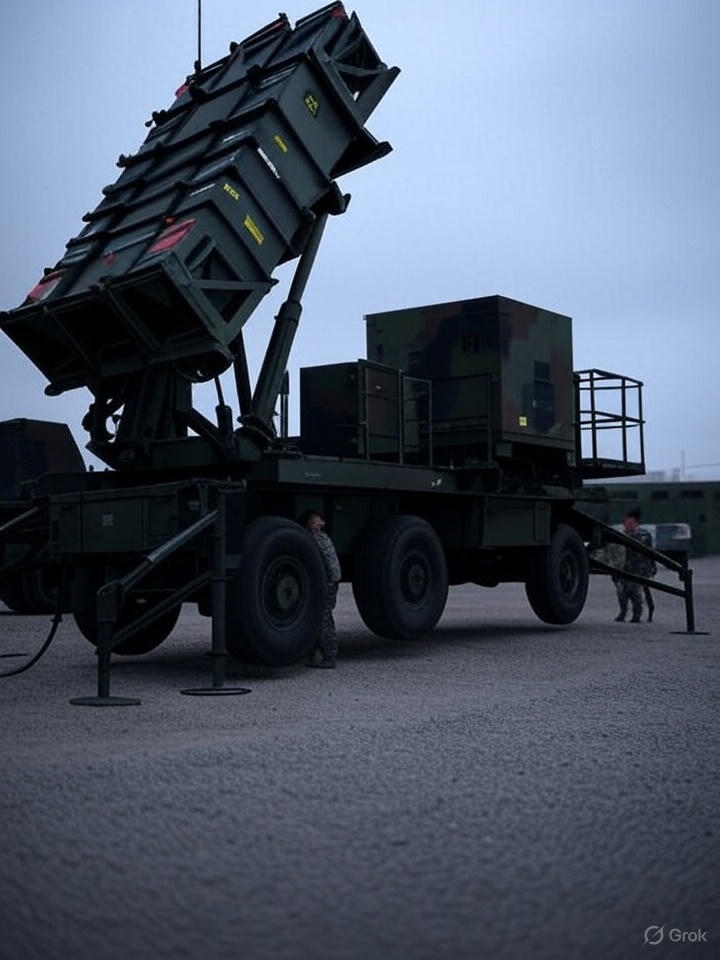U.S. Faces Patriot Missile Shortage, Pauses Transfers to Ukraine
The United States is currently grappling with a significant shortage of Patriot missile interceptors, one of its most vital and advanced air defense systems. According to recent reports, only about 25% of the required stockpile is currently available. This critical shortfall has forced the Trump administration to make a difficult strategic decision: pausing further transfers of Patriot systems and interceptors to Ukraine, a move that could have serious implications for the ongoing war in Eastern Europe.
The Patriot missile system, developed by Raytheon, is designed to intercept and destroy incoming threats such as ballistic missiles, cruise missiles, and advanced aircraft. It plays a central role in defending U.S. military bases and key allies across Europe, the Middle East, and Asia. Since Russia’s full-scale invasion of Ukraine in 2022, the U.S. and its NATO allies have supplied Ukraine with several Patriot systems to help protect Ukrainian cities and critical infrastructure from relentless Russian missile and drone attacks.
However, the stockpile of these highly sophisticated interceptors has been rapidly depleted due to the high demand in Ukraine and rising tensions in other global hotspots. A single battery of the Patriot system can use up dozens of interceptors in a short period during sustained missile assaults. With increased reliance on these weapons and limited manufacturing capacity, the U.S. inventory has dwindled faster than anticipated.
This development comes at a sensitive geopolitical moment. The Trump administration, returning to power with a “America First” national security focus, has emphasized strengthening U.S. homeland defenses and reassessing foreign military aid priorities. The suspension of further Patriot transfers to Ukraine is reportedly a direct result of the need to rebuild domestic stockpiles to ensure that the U.S. and its military bases remain fully protected.
Critics argue that this decision could weaken Ukraine’s ability to defend itself against Russian airstrikes, especially as Moscow continues to target power grids, military installations, and civilian areas. Ukrainian officials have expressed concern over the pause, warning that a lack of advanced missile defense could embolden further Russian aggression and result in greater civilian casualties.
On the other hand, some U.S. military analysts and policymakers support the move, pointing to the need for readiness amid escalating global threats, including those from China, North Korea, and Iran. “We simply cannot afford to run our own stockpile down to dangerous levels,” one Pentagon official noted. “Support for allies is critical, but we must also preserve our own national defense capabilities.”
The pause does not indicate a complete halt to U.S. support for Ukraine. The administration continues to provide financial assistance, training, and other weapons systems. However, this decision highlights the broader strain on U.S. defense logistics and manufacturing capacity, raising urgent questions about how to balance commitments to allies while ensuring readiness at home.
Calls are growing for Congress to increase funding to ramp up production of missile defense systems, as both the Ukraine conflict and other global tensions show no signs of easing.


